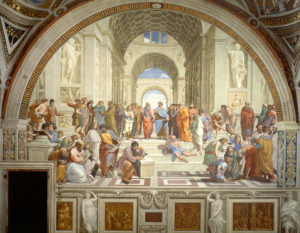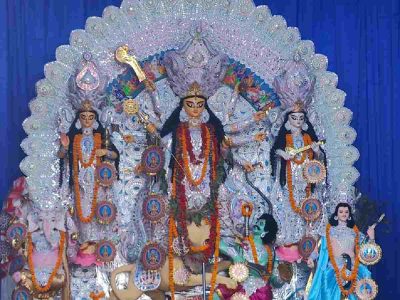To commemorate the works of Renaissance painter and architect Raphael on his 500th death anniversary, the India International Centre is hosting an online exhibition
Born Raffaello Sanzio, Raphael was crowned the ‘Prince of Painters’ by Giorgio Vasari, a 16th-century biographer of artists. Commemorating his 500th death anniversary India International Centre is organising an online exhibition titled ‘The Prince of Painters – Raphael 1483-1520’.
Raphael was way beyond just a painter. An architect of the Italian High Renaissance, he was one of the most influential and naturally gifted artists in the history of art. This exhibition aims to celebrate his enduring legacy.
The online show presents a selection of 26 paintings from Raphael’s early period to the Florentine years, ending with the Roman period. Accompanying the exhibition is a webinar recording of ‘Raffaello: A Painter called Master’ with Caterina Brazzi Castracane, historian, author and tour guide who presents an illustrated lecture on the life and works of the great master.
One can also view the virtual tour of the artworks currently on display at a major exhibition at the Scuderie del Quirinale in Rome which brings together numerous artworks from different museums.
Among the works displayed, it features ‘The Sistine Madonna’ – perhaps the most thoroughly discussed and analysed of all Raphael’s paintings. More than one lengthy monograph has been devoted to it, yet questions of interpretation remain unanswered. Commissioned in 1512 by Pope Julius II for the church of San Sisto, Piacenza, the canvas was one of the last Madonnas painted by Raphael.

On display is another one of Raphael’s greatest masterpieces ‘The School of Athens’. The scene takes place in classical times, as both the architecture and the garments indicate. The main figures, Plato and Aristotle, are shown in the centre, engaged in a dialogue.
Raphael’s career falls naturally into three phases and three styles, first described by Vasari: his early years in Umbria, then a period of about four years (1504-08) absorbing the artistic traditions of Florence, followed by his hectic and triumphant 12 years in Rome, working for two Popes and their close associates.
The exhibition is on display at the website of IIC till June 28
(Cover: The School of Athens)





